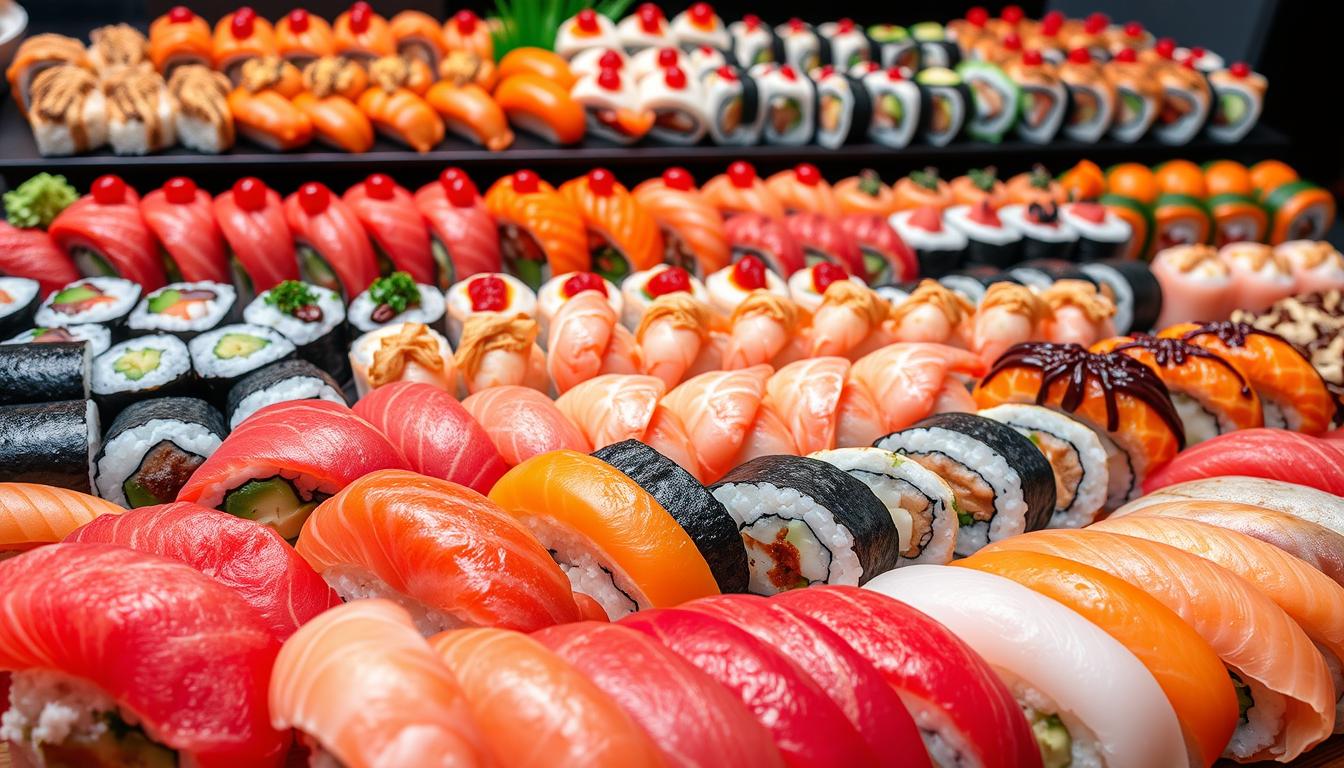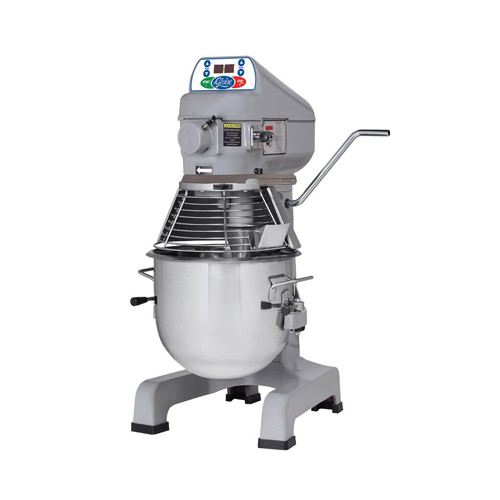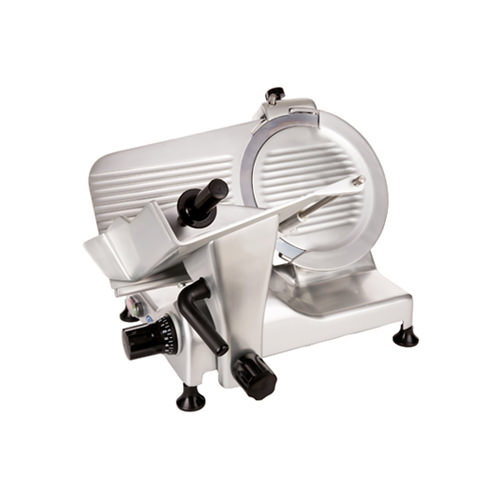Discover Different Styles of Sushi ultimate guide you need to know

Did you know that sushi has become one of the most popular international dishes, enjoyed by millions worldwide? From the classic raw fish sashimi to the innovative sushi roll creations, this dish offers a world of flavors and techniques that go far beyond what you might expect.
Whether you’re a seasoned chef or a sushi restaurant owner looking to expand your menu, understanding the different styles of sushi is key to mastering this culinary art. Sushi is not just about rolled pieces; it’s a celebration of history, technique, and quality ingredients.
From traditional Japanese methods to modern fusion variations, this guide will take you on a journey through the diverse world of sushi. Learn how to balance raw fish with perfectly seasoned rice, and discover how to create dishes that delight both the eyes and the palate.
Introduction to the World of Sushi
Sushi is more than just a dish—it’s a culinary experience that combines art, tradition, and flavor. At its core, sushi is vinegared rice paired with a variety of ingredients like seafood, vegetables, and more. This dish has evolved from a local Japanese specialty to a global phenomenon, enjoyed in restaurants worldwide.
One common misconception is that sushi is only about raw fish. While raw fish is a popular component, sushi offers much more. From the classic California roll to innovative fusion creations, there’s something for every palate. Whether you prefer traditional simplicity or modern twists, sushi’s diversity ensures a wide range of options.
Understanding the types of sushi is crucial for restaurant owners looking to craft appealing menus. By exploring traditional and modern variations, you can cater to diverse tastes and preferences. This understanding not only enhances your menu but also helps in making informed decisions to attract a broader audience.
History and Evolution of Sushi
Sushi’s journey began centuries ago as a simple method of preserving fish. Over time, it evolved into a global culinary phenomenon, blending tradition with innovation.
From Traditional Japanese Roots
- Sushi originated in Japan, where it was used to preserve fish using vinegar and salt.
- Traditional sushi relied on vinegar-seasoned rice and fresh seafood, emphasizing simplicity and quality.
These early techniques laid the foundation for what would become a beloved dish worldwide.
Modern Global Influences
- Globalization brought creative ingredients and new preparation methods to sushi.
- Modern sushi now includes rolls like the California roll, incorporating ingredients not traditionally used.
Despite these changes, traditional techniques continue to influence modern sushi, ensuring a balance between old and new.
For a deeper dive into sushi’s history, visit this resource to explore its transformation from a preservation method to a global delight.
Exploring Raw Fish and Fresh Ingredients
Raw fish is the star of many sushi dishes, but its quality can make or break the dining experience. Whether you’re serving tuna sashimi or a classic maki roll, freshness is key to ensuring safety and flavor.
Quality of Fish and Seafood
- Choosing the right fish is crucial for authentic sushi. Look for suppliers who guarantee sashimi-grade quality.
- Fresh seafood should have a pleasant ocean smell and firm texture. Avoid fish with dull eyes or soft spots.
- Regular supply chain checks help maintain consistency in your restaurant’s dishes.
The Role of Vinegared Rice in Flavor
Vinegared rice balances the delicate taste of raw fish. Made with rice vinegar, salt, and sugar, it adds a tangy contrast without overpowering the dish.
This balance is vital for creating memorable sushi experiences in any restaurant setting.
The Art of Crafting the Perfect Sushi Roll
Crafting the perfect sushi roll is a delicate balance of tradition and creativity. Whether you’re a seasoned chef or a restaurant owner, mastering this skill can elevate your menu and delight your customers.
Traditional Techniques and Modern Twists
Traditional sushi rolls, like maki, rely on timeless methods. Start by preparing vinegared rice and selecting fresh ingredients such as salmon or cucumber. Use a bamboo sushi mat to shape the roll evenly. Modern twists might include innovative fillings or fusion ingredients, blending classic flavors with contemporary tastes.
Creative Fillings and Toppings
Experiment with creative combinations like salmon and cucumber for a refreshing flavor. Hand-crafted precision ensures each piece is uniform and visually appealing. Balancing flavors and textures is key to creating a memorable dining experience.

By combining traditional techniques with modern creativity, you can craft sushi rolls that stand out in your restaurant. This balance not only attracts customers but also keeps them coming back for more.
Different Styles of Sushi in the Modern Sushi Restaurant
Modern sushi restaurants boast a wide array of sushi styles, each offering unique flavors and textures. From classic nigiri to intricate maki rolls, these dishes cater to diverse tastes, ensuring there’s something for everyone. A key element in many rolls is nori, a seaweed wrapper that adds both flavor and visual appeal.
Presentation and technique vary significantly across styles. Nigiri, for instance, features hand-formed rice topped with fresh seafood, while maki rolls are neatly wrapped in nori. Sashimi, on the other hand, focuses solely on raw fish, highlighting its natural sweetness. Each style requires precise technique, making every piece a testament to the chef’s skill.
Flavor profiles range from the tangy zip of vinegared rice to the delicate sweetness of raw fish. This diversity allows restaurants to craft menus that appeal to a broad audience. By incorporating multiple sushi styles, restaurant owners can attract a wider customer base, ensuring their menu remains both exciting and inclusive.
Mastering Sushi Preparation: Tips and Tricks
Perfecting sushi preparation requires a blend of traditional techniques and modern efficiency. Whether you’re a restaurant owner or a chef, understanding the essential tools and methods can elevate your sushi game.
Essential Tools and Techniques
Sharp knives, bamboo mats, and rice cookers are must-haves for professional sushi preparation. These tools, rooted in Japanese tradition, ensure precision and quality.
- Sharp Knives: Essential for precise cuts and clean presentation.
- Bamboo Mats: Helps shape maki rolls evenly.
- Rice Cookers: Ensures perfectly cooked vinegared rice.
Mastering knife skills and rice mixing is crucial. A sharp, wet knife prevents sticking, while the right rice texture balances flavors.

Traditional Japanese methods emphasize fresh ingredients and precise techniques. For example, using fresh crab and seaweed ensures authentic flavor. Modern efficiency can enhance these traditions, attracting a broader audience.
Popular Sushi Varieties: California Roll, Maki, and More
Sushi offers a diverse range of options, each with its own unique charm. Among the most beloved varieties, the California Roll stands out as a fusion favorite, while Maki, Nigiri, and Sashimi remain timeless classics.
Spotlight on California Roll and Maki
The California Roll is a cornerstone of American sushi culture, typically featuring crab, avocado, and cucumber. Its appeal lies in its creamy texture and subtle flavors, making it a crowd-pleaser. Maki rolls, on the other hand, are wrapped in nori seaweed, offering a variety of fillings from classic cucumber to spicy tuna. These rolls are not just about taste; their vibrant toppings like roe add visual appeal, making them a favorite in sushi restaurants.
Exploring Nigiri and Sashimi
Nigiri combines vinegared rice with fresh seafood, such as salmon or shrimp, creating a delicate balance of flavors. Sashimi, while not technically sushi, is a star in its own right, showcasing the pure taste of raw fish. Both highlight the importance of fresh ingredients and precise preparation.
| Sushi Variety | Ingredients | Preparation | Popular Toppings |
|---|---|---|---|
| California Roll | Crab, avocado, cucumber | Roll with nori | Roe, sesame seeds |
| Maki | Variety of fillings | Wrapped in nori | Avocado, roe |
| Nigiri | Fresh seafood | Hand-formed rice | Wasabi, soy sauce |
| Sashimi | Raw fish | Thin slices | Ginger, wasabi |
Understanding these varieties is crucial for crafting a menu that appeals to diverse tastes. Whether it’s the classic simplicity of Nigiri or the creative flair of a California Roll, each option brings its own unique appeal, ensuring there’s something for everyone.
Nigiri, Sashimi, and Temaki: Understanding the Differences
Understanding the nuances between nigiri, sashimi, and temaki can elevate your sushi experience. Each style offers a unique culinary journey, catering to different tastes and preferences. Whether you’re a sushi enthusiast or a restaurant owner, knowing these distinctions can help you make informed decisions.
Key Characteristics of Each Style
Nigiri, sashimi, and temaki each have distinct features that set them apart. Nigiri combines pressed vinegared rice with fresh seafood, emphasizing quality ingredients. Sashimi focuses solely on raw fish, highlighting its natural flavors. Temaki, a hand-held option, offers a mix of textures in a casual setting.
- Nigiri: Features vinegared rice topped with seafood, showcasing minimal embellishment to highlight ingredient quality.
- Sashimi: Thin slices of raw fish without rice, relying on freshness and flavor.
- Temaki: A cone-shaped hand roll with varied textures, perfect for a casual dining experience.
When selecting a style, consider your customer’s preferences. Nigiri suits those who enjoy both rice and fish, while sashimi appeals to purists. Temaki is ideal for a relaxed, hand-held meal.
| Sushi Variety | Ingredients | Preparation | Popular Toppings |
|---|---|---|---|
| Nigiri | Fresh seafood | Pressed vinegared rice | Wasabi, soy sauce |
| Sashimi | Raw fish | Thin slices | Ginger, wasabi |
| Temaki | Various fillings | Hand-rolled cone | Avocado, roe |

For the tools needed to prepare these styles, visit our guide on essential kitchen equipment to ensure your sushi creations are top-notch.
Innovative Sushi Creations with Unique Ingredients
Modern sushi is pushing boundaries, blending tradition with creativity. Chefs are experimenting with unique ingredients to craft bold, innovative pieces that captivate adventurous diners.
One standout trend is the rise of temaki variations. These hand rolls now feature unexpected fillings like mango and Wagyu beef, offering a mix of flavors and textures that surprise and delight. For instance, a temaki piece filled with spicy tuna and cream cheese adds a rich, creamy element to the traditional roll.
Restaurants are also embracing global flavors. Sriracha and kimchi are now common in fusion sushi, adding a spicy kick. This shift reflects a broader trend towards international ingredients, attracting diverse palates.
| Element | Traditional | Innovative |
|---|---|---|
| Piece | Classic tuna roll | Mango and avocado roll |
| Filling | Crab and cucumber | Wagyu beef and foie gras |
| Temaki | Classic California roll | Sriracha shrimp roll |
These innovations don’t just excite customers; they also inspire chefs to experiment. Whether it’s a sushi burrito or a bowl, the possibilities are endless. For the tools to bring these ideas to life, consider a stainless steel table for precise preparation.
The Health Benefits of Incorporating Sushi into Your Diet
Sushi isn’t just a delicious meal; it’s also a nutritious choice. Made with fresh ingredients like seafood and vegetables, sushi offers a variety of health benefits that make it a great addition to your diet.
Nutritional Insights on Seafood and Vegetables
Sushi is packed with lean proteins and nutrients. Seafood, a key ingredient, provides omega-3 fatty acids, which are great for your heart and brain. Vegetables like cucumber and avocado add fiber, vitamins, and minerals, making sushi a balanced meal. Unlike traditional meat-based dishes, sushi offers a lighter alternative without compromising on flavor.
- Seafood contributes heart-healthy omega-3s and essential vitamins.
- Vegetables add fiber and minerals, enhancing the meal’s nutritional value.
- Even hand rolls, with their casual style, are nutrient-rich and satisfying.

For those looking to reduce meat consumption, sushi is an excellent option. It provides a wholesome alternative that’s both nutritious and flavorful. Explore our guide on meat grinders to learn how to balance your menu with healthier choices.
Elevating Presentation: Plating and Aesthetic Considerations
Presentation is the final touch that turns a great dish into an unforgettable dining experience. In fine dining sushi restaurants, visual appeal plays a crucial role in captivating customers and enhancing their perception of quality.
Creative plating techniques can elevate each dish, making it a feast for the eyes as well as the palate. Elements like eel, with its rich, savory glaze, and tobiko, bursting with vibrant color and texture, add depth and visual interest to the plate.
Well-presented sushi can significantly boost customer perception and drive sales. By combining traditional and modern plating methods, you can create a visually stunning dish that resonates with diverse tastes.
Creative Plating Techniques
- Balance and Harmony: Use a mix of colors and textures to create a balanced composition. For example, pair the deep red of eel with the soft white of sushi rice and the vibrant orange of tobiko.
- Visual Contrast: Incorporate contrasting elements like crispy and smooth textures or bright and muted colors to make the dish visually engaging.
- Portion Control: Ensure the plate is not overcrowded, leaving enough negative space to highlight the main ingredients. This enhances the overall visual appeal and focuses attention on the dish.
| Technique | Description | Visual Impact |
|---|---|---|
| Layering | Stack ingredients to add height and depth to the dish. | Creates a dynamic and sophisticated presentation. |
| Color Contrast | Pair vibrant ingredients like eel and tobiko with neutral elements like sushi rice. | Draws the eye and enhances appetite appeal. |
| Texture Mix | Combine crunchy, creamy, and soft textures for a varied experience. | Adds depth and makes the dish more engaging. |
By focusing on these creative plating techniques, you can elevate your sushi presentations, creating a memorable dining experience that attracts and retains customers.
Expanding Your Menu with Diverse Sushi Varieties
Sushi has evolved from a traditional dish to a global culinary phenomenon, offering a wide range of flavors and forms. By diversifying your menu, you can attract a broader audience and keep your offerings fresh and exciting.
Integrating traditional sushi forms with modern twists can create a unique dining experience. Classic nigiri, for instance, can be paired with contemporary ingredients like mango or Wagyu beef. This blend of old and new not only appeals to adventurous eaters but also showcases your culinary creativity.

Varying the form of sushi can also cater to different tastes. From classic nigiri to sushi rolls with rice outside, each form offers a distinct experience. Uramaki, with its rice outside and vibrant fillings, provides a visually appealing option that stands out on any menu.
| Element | Traditional | Innovative |
|---|---|---|
| Presentation | Classic nigiri and maki rolls | Uramaki with rice outside and creative fillings |
| Ingredients | Raw fish and vinegared rice | Mango, Wagyu beef, and global spices |
| Form | Hand-rolled maki and pressed nigiri | Modern sushi burritos and bowls |
Innovative cuisine trends are reshaping sushi menus worldwide. Incorporating seasonal or limited-edition items can engage customers and keep your menu dynamic. For example, a summer special might feature refreshing ingredients like watermelon and mint, while a winter offering could highlight hearty elements like crab and avocado.
By embracing these strategies, you can create a menu that not only reflects traditional sushi artistry but also aligns with modern culinary trends. This approach ensures your restaurant stays ahead in the competitive cuisine landscape while delighting a wide range of palates.
Incorporating International Flavors into Traditional Sushi
International flavors are reshaping the sushi scene, offering fresh twists on classic dishes. This fusion trend appeals to new demographics, blending global ingredients with traditional techniques.
Imagine a sushi roll filled with mango and Wagyu beef, or tamago infused with truffle oil. These innovative creations showcase how international flavors can transform traditional sushi, attracting adventurous diners while maintaining authenticity.
Fusion Concepts and Global Ingredients
- Traditional ingredients like tamago and fish roe are now paired with global flavors, creating unique taste experiences.
- Chefs are experimenting with elements like sriracha and kimchi, adding bold twists to classic rolls.
- Refreshing your menu with creative, cross-cultural dishes can keep your offerings exciting and attract new customers.
| Element | Traditional | Innovative |
|---|---|---|
| Ingredients | Fish roe, tamago | Mango, Wagyu beef |
| Preparation | Classic rolls | Fusion fillings, global sauces |
| Menu Impact | Timeless appeal | Broadened customer base |
By thoughtfully blending international flavors with traditional sushi, you can expand your customer base and keep your menu exciting. This approach not only attracts new diners but also showcases your culinary creativity, ensuring a memorable experience for all.
Conclusion
As we conclude our journey through the world of sushi, it’s clear that this dish is more than just a meal—it’s a blend of art, tradition, and innovation. From its humble beginnings as a preservation method to its current status as a global culinary phenomenon, sushi continues to captivate audiences with its diversity and craftsmanship.
Understanding the various forms of sushi, such as nigiri, sashimi, and maki, can help you make informed decisions for your menu. Quality ingredients are at the heart of every great sushi experience. Perfectly prepared sushi rice, balanced with the subtle tang of vinegared rice and the savory depth of soy sauce, forms the foundation of this culinary art. These elements not only enhance flavor but also ensure a harmonious balance that delights the palate.
Throughout this guide, we’ve explored practical tips and innovative ideas to elevate your sushi offerings. Whether you’re experimenting with new ingredients or refining traditional techniques, the key to success lies in quality and creativity. For those looking to enhance their kitchen’s efficiency, consider investing in professional-grade equipment like commercial rice cookers to ensure your sushi rice is always perfect.
As you embark on your own sushi journey, remember to stay open to new trends and ideas. By embracing both traditional and modern approaches, you can create a menu that not only reflects the rich history of sushi but also excites and inspires your customers. Let this guide be your foundation as you continue to explore the endless possibilities of this beloved dish.






















































